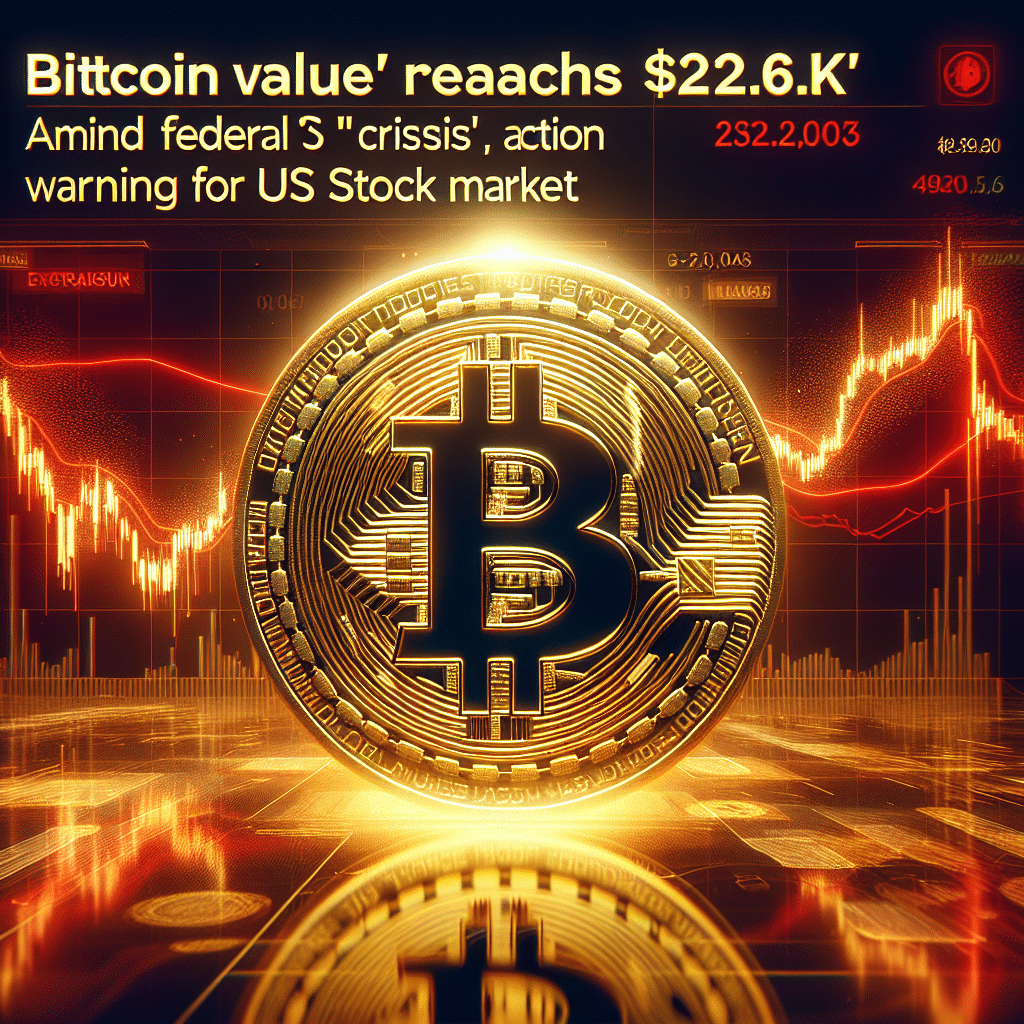Bitcoin’s Price Surge Following The Federal Reserve’s Significant Interest Rate Cut
On September 19, the cryptocurrency community watched closely as Bitcoin (BTC) aimed to establish $62,000 as a new support level. This movement came in response to the United States Federal Reserve announcing an unexpected 0.5% cut in interest rates, a decision that sparked varied reactions across financial markets.
The Immediate Impact of the Federal Reserve’s Decision
Following the Federal Reserve’s announcement, Bitcoin’s value saw an impressive increase, reaching three-week highs. Prices soared to local highs of $62,600, a reaction similarly observed only twice before when the Fed initiated a rate-cutting cycle with a significant 0.5% reduction.
Liquidation of Short Positions
The bullish response to the Fed’s rate cut led to an immediate effect on Bitcoin short-sellers. Across different exchanges, short positions were liquidated, amounting to a staggering total of $128 million in 24 hours, as tracked by CoinGlass. This mass liquidation prompted caution among traders, with advisories against excessive leverage and calls for taking profits to avoid potential losses in the volatile aftermath.
Cryptocurrency Markets vs. Traditional Financial Systems
Amid these developments, the strength of Bitcoin against traditional financial indicators became a point of discussion. Notably, the US Dollar Index (DXY) experienced fluctuations, initially climbing before retracting to its previous support levels. This movement illustrated the volatile nature of traditional financial markets in response to significant policy changes by the Federal Reserve.
Global Influence on Bitcoin
The focus also shifted towards other global financial decisions, notably the Bank of Japan’s rates decision, which was expected to further influence Bitcoin’s price. The interconnectedness of global financial policies and cryptocurrency markets highlighted the wider implications of such monetary policy adjustments.
Skepticism Surrounding The Federal Reserve’s Strategy
Despite the initial positive reaction within cryptocurrency markets, some analysts expressed skepticism regarding the long-term effects of the Fed’s policy. Historical precedents, such as market downturns following similar rate cuts in 2001 and 2007, were cited as causes for concern.
Contradictions in Economic Signals
The Federal Reserve’s optimistic outlook contrasted sharply with its decision to initiate a significant rate cut, usually reserved for crisis scenarios. This contradiction raised questions about the underlying health of the economy and the Fed’s strategy moving forward.
The Road Ahead: Uncertainty and Optimism
As the cryptocurrency community and financial markets digest the Federal Reserve’s decision, the immediate optimism in Bitcoin’s performance coexists with caution about future economic indicators. With mixed signals from both the Fed and global financial institutions, the coming months will be critical in shaping the trajectory not only for cryptocurrencies like Bitcoin but also for broader financial markets.
FAQ
Q: Why did the Federal Reserve decide to cut interest rates?
A: The Federal Reserve often cuts interest rates to stimulate economic growth during periods of economic uncertainty or to combat inflationary pressures.
Q: How do interest rate cuts affect Bitcoin?
A: Lower interest rates decrease the yield on savings and fixed-income investments, making riskier assets like Bitcoin more attractive to investors seeking higher returns.
Q: What are the risks of a significant rate cut by the Federal Reserve?
A: A significant rate cut can signal underlying economic concerns and potentially lead to increased inflation, affecting both traditional financial markets and cryptocurrencies.
Q: Can the actions of other global financial institutions affect Bitcoin?
A: Yes, the monetary policies of other central banks, like the Bank of Japan, can influence financial markets globally, impacting assets like Bitcoin through changes in currency values and investor sentiment.
In conclusion, the Federal Reserve’s unexpected rate cut has introduced both opportunities and challenges for Bitcoin and the broader financial market. While immediate reactions have ranged from bullish surges in cryptocurrency to volatility in traditional markets, the long-term implications remain uncertain. As the global economy navigates through these policy changes, the interplay between cryptocurrencies and traditional financial systems continues to evolve, reflecting the complex dynamics of modern financial markets.
